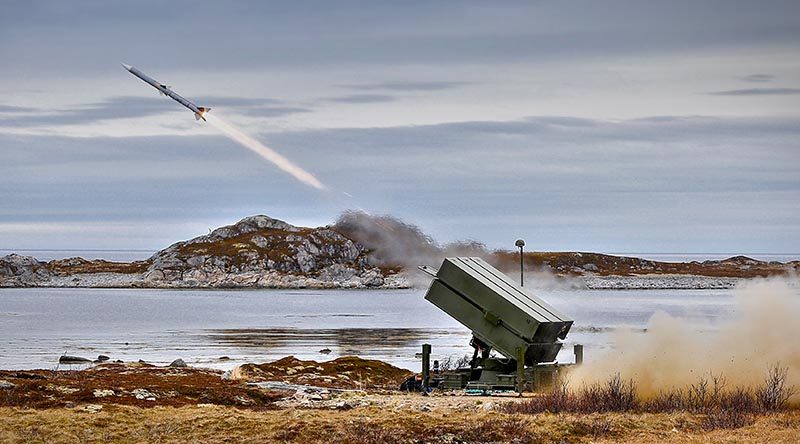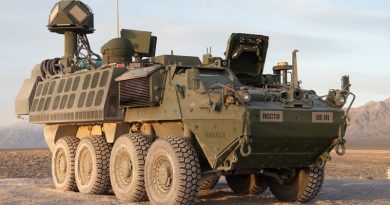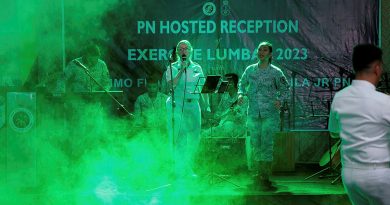Indonesia selects NASAMS air defence system

Kongsberg has signed a contract worth US$77million with the Ministry of Defence of Indonesia to supply a National Advanced Surface to Air Missile System – NASAMS – air-defence system.
CAPTION: NASAMS test fire in Norway. Kongsberg photo by Andøya Mai.
The contract comprises delivery of a complete NASAMS system with command posts, radars, launchers, radios and integration, plus training and logistics support.
AMRAAM missiles will be provided in a separate government-to-government agreement between Indonesia and the United States.
National Advanced Surface to Air Missile System is designed to defend high-value civilian and military assets on the ground against air threats.
Eirik Lie, President of Kongsberg Defence & Aerospace, said the inherent flexibility and modularity of the system made it a world-leading solution with unique capabilities to combat modern airborne threats, as well as having the ability to integrate with a variety of different sensors and weapons.
“Several nations have chosen National Advanced Surface to Air Missile System, including Norway, Finland, The Netherlands, USA, Spain, Oman and now Indonesia,” he said.
“The continuous technical evolution and addition of users confirms that NASAMS is the most modern and advanced air defense system in the world.”
Mr Lie also said, “We are very pleased that Indonesia, as the first nation in its region, chooses National Advanced Surface to Air Missile System for its homeland defence” – which CONTACT has asked for clarification on, given that Australia announced a $2.2billion NASAMS purchase via Kongsberg partner Raytheon back in April.
![]()
.
.
.
.
.

.
.






I am concerned that Indonesia, who is always crying “poor”, is acquiring a missile defence system which could jeopardize Australian assets.